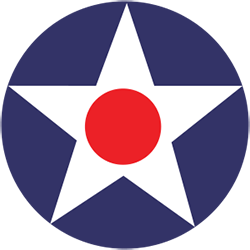- Thread starter
- #101
Wild_Bill_Kelso
Senior Master Sergeant
- 3,231
- Mar 18, 2022
(Shrug) The author Hiroshi Ichimura says, on page 44 quoting directly: "It was the 204th Sentai's turn to 'mix it' with the RAF on 21 February, when it's pilots claimed to have shot down eight Spitfires over Kaladan (No 136 Sqn actually lost two aircraft). The 204th then encountered two Hurricanes of No. 6 Sqn IAF and shot one of them down."
I assume that is the Kaladan river. I'd love a look at the 136 Sqn history but unless someone has access to that, who knows.
And who cares, the point I was making was about where the fighting took place relative to Spit V vs. Spit VIII units.
I assume that is the Kaladan river. I'd love a look at the 136 Sqn history but unless someone has access to that, who knows.
And who cares, the point I was making was about where the fighting took place relative to Spit V vs. Spit VIII units.


